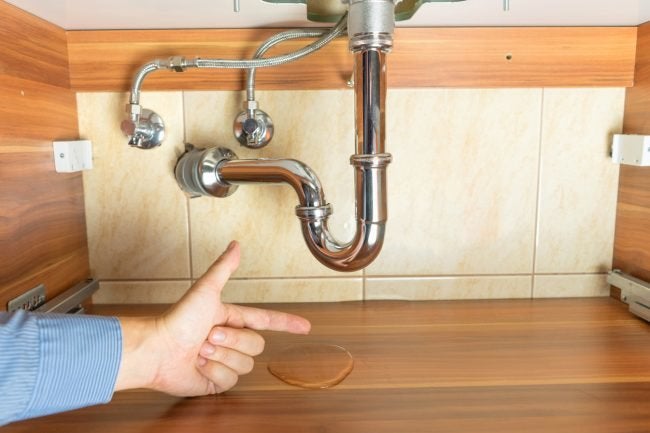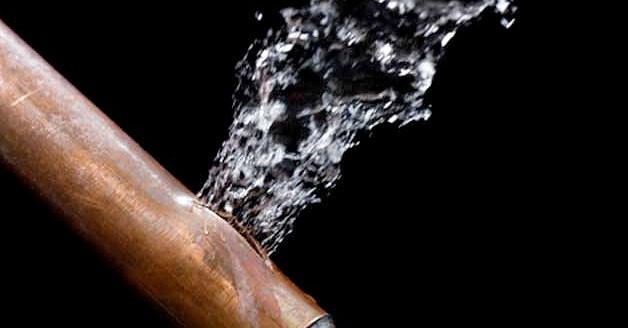The article down below pertaining to Finding hidden leaks is unquestionably entertaining. You should take a look.

Early detection of leaking water lines can mitigate a possible calamity. Some little water leakages may not be noticeable.
1. Take A Look At the Water Meter
Every residence has a water meter. Checking it is a surefire way that assists you uncover leaks. For starters, shut off all the water sources. Make certain no one will certainly flush, utilize the faucet, shower, run the washing equipment or dish washer. From there, most likely to the meter and also watch if it will transform. Given that no person is utilizing it, there should be no movements. That suggests a fast-moving leak if it relocates. If you identify no adjustments, wait an hour or two as well as check back once more. This means you might have a slow-moving leakage that could even be below ground.
2. Inspect Water Consumption
Examine your water costs and also track your water intake. As the one paying it, you must see if there are any inconsistencies. If you identify sudden changes, regardless of your usage coinciding, it suggests that you have leakages in your plumbing system. Keep in mind, your water expense should fall under the very same variety every month. An abrupt spike in your bill indicates a fast-moving leakage.
A stable rise every month, also with the exact same routines, reveals you have a slow leakage that's additionally slowly escalating. Call a plumber to extensively inspect your residential or commercial property, particularly if you really feel a cozy area on your flooring with piping beneath.
3. Do a Food Coloring Examination
30% comes from bathrooms when it comes to water intake. Examination to see if they are running correctly. Decline specks of food shade in the tank and also wait 10 mins. There's a leak between the container as well as dish if the color somehow infiltrates your dish during that time without flushing.
4. Asses Exterior Lines
Do not fail to remember to examine your outside water lines as well. Must water permeate out of the connection, you have a loose rubber gasket. One tiny leakage can waste tons of water and also increase your water bill.
5. Evaluate the situation and inspect
Property owners ought to make it a routine to inspect under the sink counters and also inside cupboards for any bad odor or mold and mildew growth. These 2 red flags show a leak so prompt interest is called for. Doing routine inspections, also bi-annually, can conserve you from a major issue.
Much more significantly, if you know your house is currently old, maintain a watchful eye on your heaters, pipes, pipelines and so on. Look for stainings and also compromising as many home appliances as well as pipes have a life expectancy. They will also naturally deteriorate because of deterioration. If you suspect dripping water lines in your plumbing system, do not wait on it to escalate. Call a professional plumber as soon as possible so you don't wind up with an awful mess in your house.
Early detection of dripping water lines can reduce a potential calamity. Some little water leakages may not be visible. Examining it is a proven way that helps you uncover leakages. One tiny leakage can waste heaps of water and increase your water bill.
If you presume leaking water lines in your plumbing system, don't wait for it to rise.
How to Know If Your Home Has a Hidden Leak
Water Meter Reveals Inexplicable Water Usage
If you’d like to test whether or not there’s a leak somewhere in your home, you can do this using your water meter. Here is how to conduct the test:
Don’t use any water in your home for at least 30 minutes; this also means not turning on faucets or water-using appliances.
Go outside, and check your water meter for activity.
If your water meter shows that there was activity, even though no one was using any water, this proves that there is a leak in your home.Visible Mold or Mildew Growth
Leaks behind walls create moist, dark environments that allow mold and mildew to grow and thrive. Eventually, you might see mold growth forming on the wall closest to a hidden leak.
If mold is growing in an area that receives a high amount of moisture, such as a bathroom, it may simply be an indication that better ventilation is needed. However, if you see mold growth on a wall or the ceiling in an area where you would not expect, you probably have a hidden leak.
Musty, Mildew Odor
Sometimes you might not be able to see the mold or mildew that is growing as a result of a leak. However, the smell can give the problem away just as easily. If you catch a whiff of something musty, there’s a good chance that old water is collecting somewhere in your home that you can’t see.
Stained/Warped Walls, Ceilings, or Floors
When your home soaks up water, a variety of red flags can become visible, including ceiling stains, bubbling drywall, warped walls, and sagging floors. While these issues can be caused by excess humidity, they can also be signs that a pipe or plumbing connection has started leaking behind your walls.
Inexplicably High Water Bill
After a while, you get a general sense for what your water bill should be. If you own a pool or sprinkler system, your bill will tend to be higher during summer. However, if you receive a water bill that seems especially high, and you can’t figure out what caused it, then you may have a hidden leak somewhere that’s increasing your bill.
https://www.plumbingjoint.com/blog/2019/july/how-to-know-if-your-home-has-a-hidden-leak/

As an avid person who reads on Hacks to detect leaks, I was thinking sharing that topic was important. If you please set aside a second to promote this entry if you enjoyed it. We love reading our article about Finding hidden leaks.